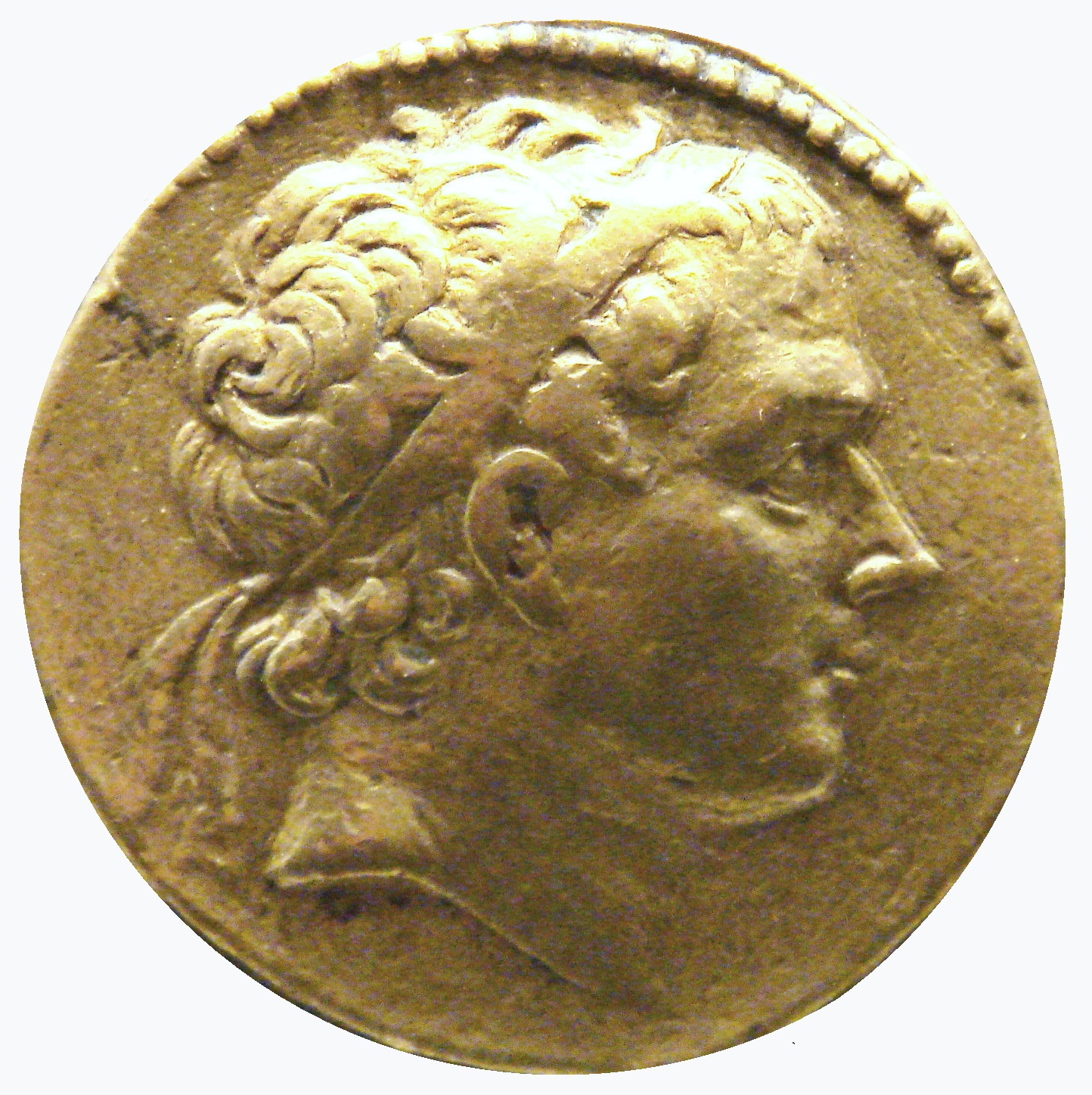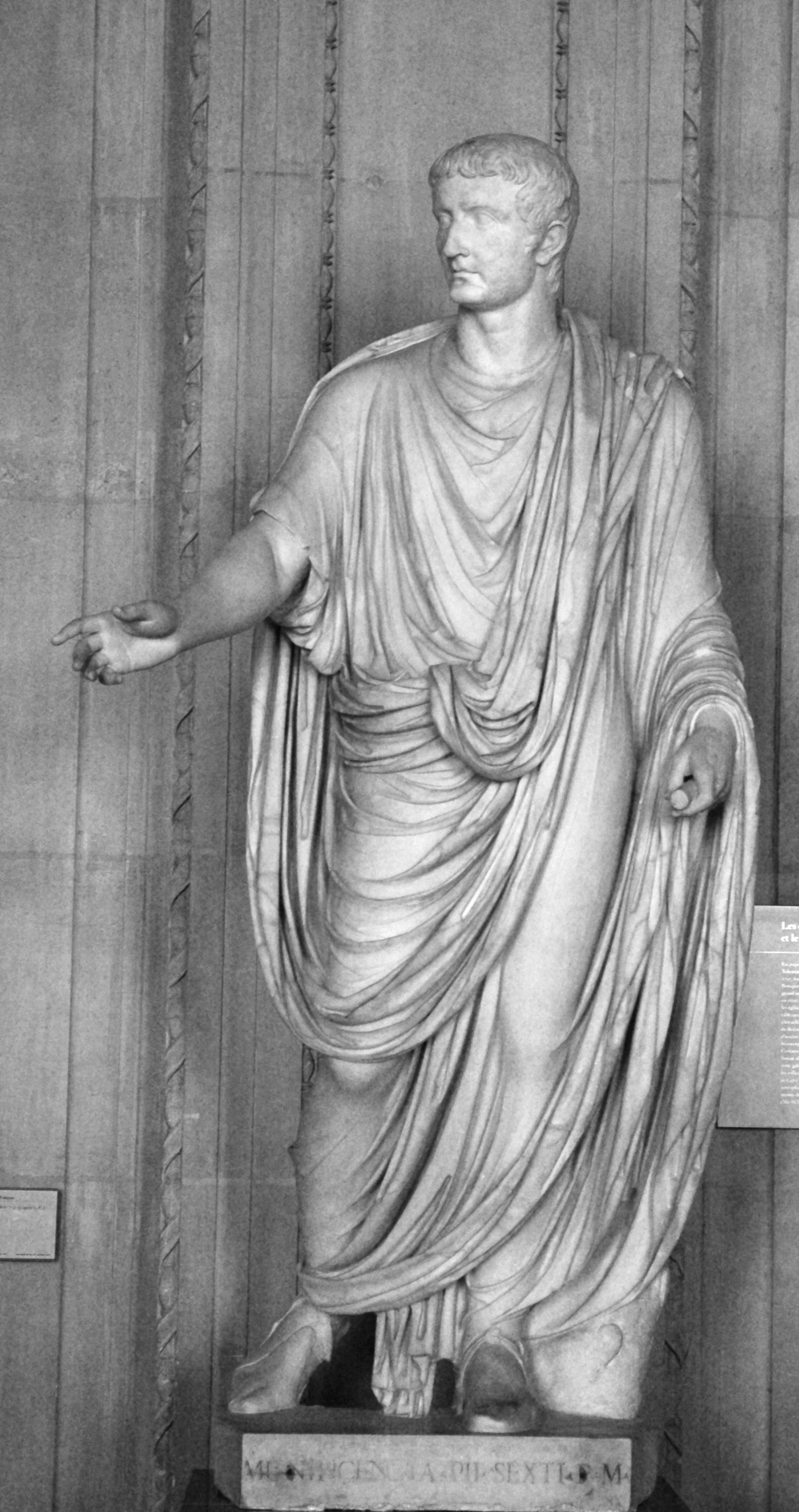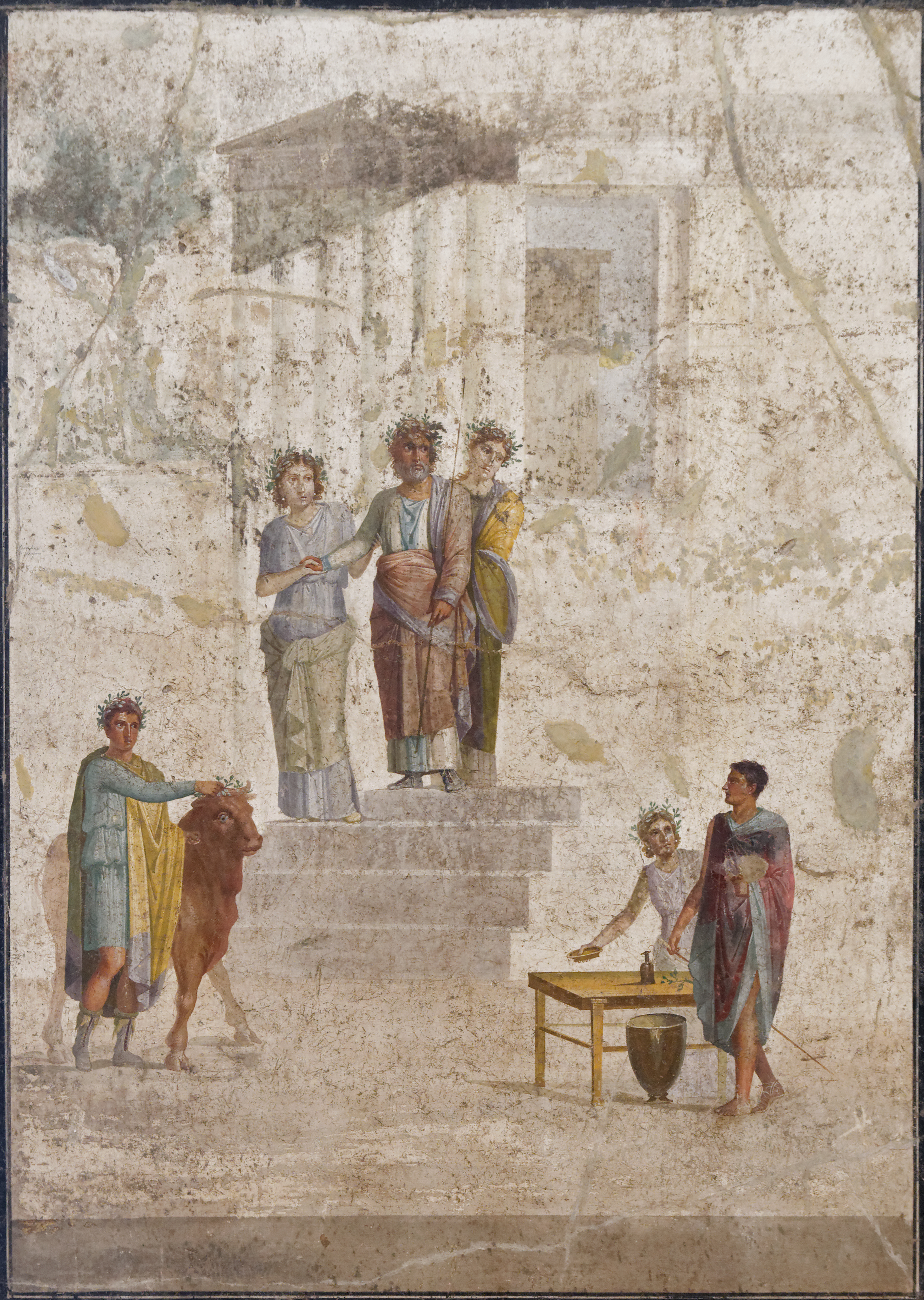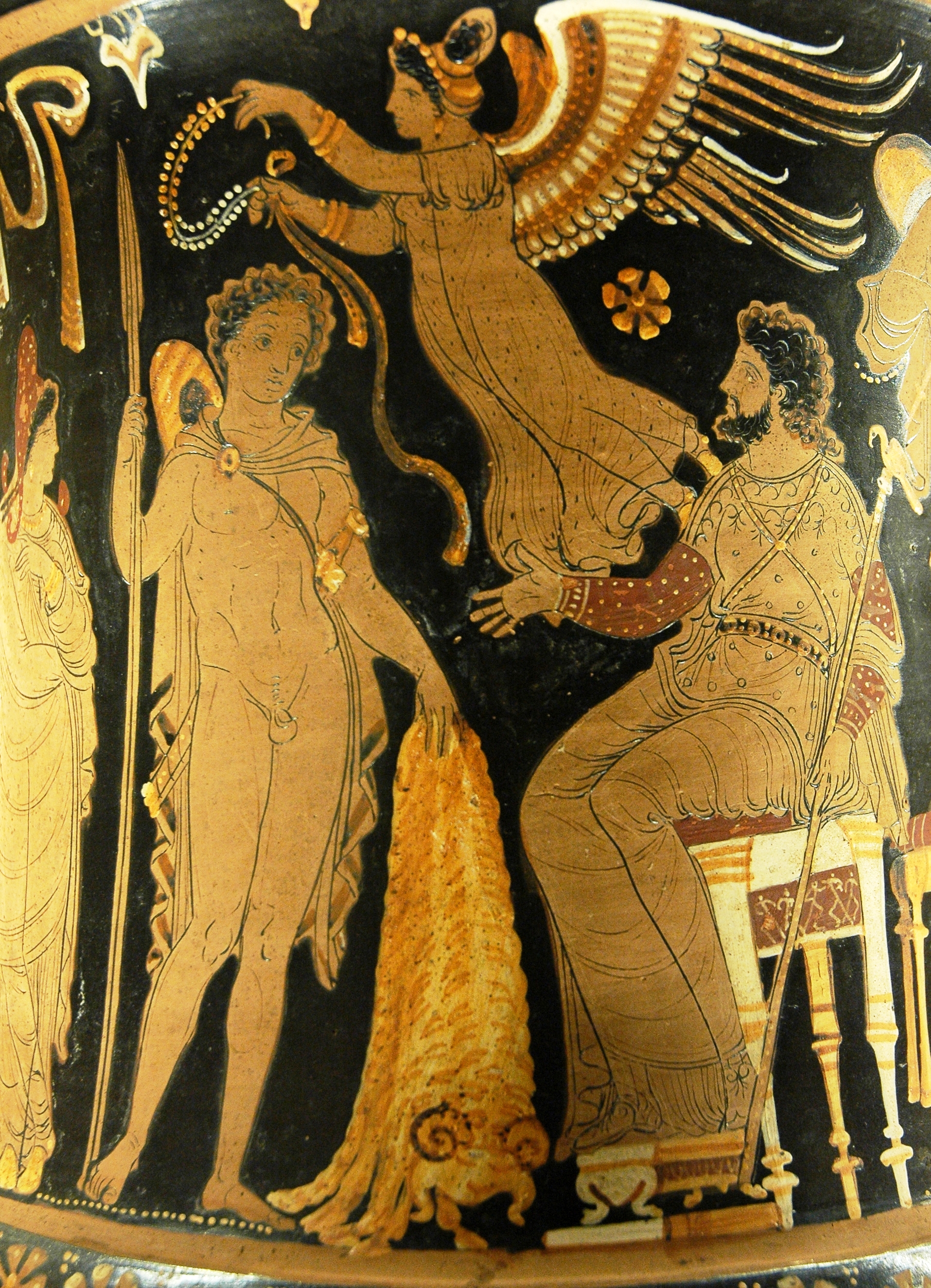|
Sea Silk
Sea silk is an extremely fine, rare, and valuable fabric that is made from the long silky filaments or byssus secreted by a gland in the foot of pen shells (in particular ''Pinna nobilis''). The byssus is used by the clam to attach itself to the sea bed. Sea silk was produced in the Mediterranean region from the large marine bivalve mollusc ''Pinna nobilis'' until early in the 20th century. The animal, whose shell is sometimes almost a metre long, adheres itself pointed end down to rocks in the intertidal zone using a tuft of very strong thin fibres. These byssi or filaments (which can be six centimetres long) are spun and, when treated with lemon juice, turn a golden colour, which never fades. The cloth produced from these filaments can be woven even more finely than silk, and is extremely light and warm; it was said that a pair of women's gloves made from the fabric could fit into half a walnut shell and a pair of stockings in a snuffbox.In ''Spirals in Time,'' Scales p ... [...More Info...] [...Related Items...] OR: [Wikipedia] [Google] [Baidu] |
Sea Silk Glove Lo-res
The sea, connected as the world ocean or simply the ocean, is the body of salty water that covers approximately 71% of the Earth's surface. The word sea is also used to denote second-order sections of the sea, such as the Mediterranean Sea, as well as certain large, entirely landlocked, saltwater lakes, such as the Caspian Sea. The sea moderates Earth's climate and has important roles in the water, carbon, and nitrogen cycles. Humans harnessing and studying the sea have been recorded since ancient times, and evidenced well into prehistory, while its modern scientific study is called oceanography. The most abundant solid dissolved in seawater is sodium chloride. The water also contains salts of magnesium, calcium, potassium, and mercury, amongst many other elements, some in minute concentrations. Salinity varies widely, being lower near the surface and the mouths of large rivers and higher in the depths of the ocean; however, the relative proportions of dissolved salts vary ... [...More Info...] [...Related Items...] OR: [Wikipedia] [Google] [Baidu] |
Ptolemy V
egy, Iwaennetjerwymerwyitu Seteppah Userkare Sekhem-ankhamun Clayton (2006) p. 208. , predecessor = Ptolemy IV , successor = Ptolemy VI , horus = '' ḥwnw-ḫꜤj-m-nsw-ḥr-st-jt.f''''Khunukhaiemnisutkhersetitef'' The youth who has appeared as king on his father's throne , horus_hiero = H-wn:n-nw:W-A17-xa:a:W*Z4-Aa15:sw*A43-D2:Z1-Q1-t:O1-t:f:Z1:f , nebty = ''wr-pḥtj smn-tꜢwj snfr-tꜢmrj mnḥ-jb-ḫr-nṯrw''''Werpehty Sementawy Senefertameri Menekhibkhernetjeru''The one great of strength, who has established the Two Lands and made Ta-mery perfect (by) being efficacious before the gods , nebty_hiero = wr:r-F9*F9:Z9:D40-s-U32-wAD-M24-s-nfr-N16:N21\*N21:O5*t:O49-mnx-ib:Z1-x:r-nTr*Z1-nTr*Z1-nTr*Z1 , golden = '' wꜢḏ-Ꜥnḫ-n-ḥnmmt nb-ḥbw-sd-mj-ptḥ jty-mj-rꜤ''''Wadjankhenkhenmemet Nebkhebusedmiptah Itymire'' The one who has made the life of mankind flourish, a possessor of Sed festivals like Ptah and a sovereign like Ra , golden_h ... [...More Info...] [...Related Items...] OR: [Wikipedia] [Google] [Baidu] |
Procopius
Procopius of Caesarea ( grc-gre, Προκόπιος ὁ Καισαρεύς ''Prokópios ho Kaisareús''; la, Procopius Caesariensis; – after 565) was a prominent late antique Greek scholar from Caesarea Maritima. Accompanying the Roman general Belisarius in Emperor Justinian's wars, Procopius became the principal Roman historian of the 6th century, writing the ''History of the Wars'', the ''Buildings'', and the ''Secret History''. Life Apart from his own writings the main source for Procopius's life was an entry in the ''Suda'',Suda pi.2479. See under 'Procopius' oSuda On Line a Byzantine Greek encyclopaedia written sometime after 975 which discusses his early life. He was a native of Caesarea in the province of ''Palaestina Prima''. He would have received a conventional upper class education in the Greek classics and rhetoric, perhaps at the famous school at Gaza. He may have attended law school, possibly at Berytus (present-day Beirut) or Constantinople (now Istanbul), a ... [...More Info...] [...Related Items...] OR: [Wikipedia] [Google] [Baidu] |
Edict On Maximum Prices
The Edict on Maximum Prices (Latin: ''Edictum de Pretiis Rerum Venalium'', "Edict Concerning the Sale Price of Goods"; also known as the Edict on Prices or the Edict of Diocletian) was issued in 301 AD by Diocletian. The document denounces monopolists and sets maximum prices and wages for all important articles and services. The Edict exists only in fragments found mainly in the eastern part of the empire, where Diocletian ruled. The reconstructed fragments have been sufficient to estimate many prices for goods and services for historical economists (although the Edict attempts to set maximum prices, not fixed ones). It was probably issued from Antioch or Alexandria and was set up in inscriptions in Greek and Latin. The Edict on Maximum Prices is still the longest surviving piece of legislation from the period of the Tetrarchy. The Edict was criticized by Lactantius, a rhetorician from Nicomedia, who blamed the emperors for the inflation and told of fighting and bloodshed tha ... [...More Info...] [...Related Items...] OR: [Wikipedia] [Google] [Baidu] |
Diocletian
Diocletian (; la, Gaius Aurelius Valerius Diocletianus, grc, Διοκλητιανός, Diokletianós; c. 242/245 – 311/312), nicknamed ''Iovius'', was Roman emperor from 284 until his abdication in 305. He was born Gaius Valerius Diocles to a family of low status in the Roman province of Dalmatia. Diocles rose through the ranks of the military early in his career, eventually becoming a cavalry commander for the army of Emperor Carus. After the deaths of Carus and his son Numerian on a campaign in Persia, Diocles was proclaimed emperor by the troops, taking the name Diocletianus. The title was also claimed by Carus's surviving son, Carinus, but Diocletian defeated him in the Battle of the Margus. Diocletian's reign stabilized the empire and ended the Crisis of the Third Century. He appointed fellow officer Maximian as ''Augustus'', co-emperor, in 286. Diocletian reigned in the Eastern Empire, and Maximian reigned in the Western Empire. Diocletian delegated further on ... [...More Info...] [...Related Items...] OR: [Wikipedia] [Google] [Baidu] |
Toga
The toga (, ), a distinctive garment of ancient Rome, was a roughly semicircular cloth, between in length, draped over the shoulders and around the body. It was usually woven from white wool, and was worn over a tunic. In Roman historical tradition, it is said to have been the favored dress of Romulus, Rome's founder; it was also thought to have originally been worn by both sexes, and by the citizen-military. As Roman women gradually adopted the stola, the toga was recognized as formal wear for male Roman citizens. Women engaged in prostitution might have provided the main exception to this rule.. The type of toga worn reflected a citizen's rank in the civil hierarchy. Various laws and customs restricted its use to citizens, who were required to wear it for public festivals and civic duties. From its probable beginnings as a simple, practical work-garment, the toga became more voluminous, complex, and costly, increasingly unsuited to anything but formal and ceremonial us ... [...More Info...] [...Related Items...] OR: [Wikipedia] [Google] [Baidu] |
Pallium (Roman Cloak)
The ''pallium'' was a Roman cloak. It was similar in form to the ''palla'', which had been worn by respectable Roman women since the mid-Republican era. It was a rectangular length of cloth, as was the ''himation'' in ancient Greece. It was usually made from wool or flax, but for the higher classes it could be made of silk with the use of gold threads and embroideries. The garment varied in fineness, colour and ornament. It could be white, purple red (''purpurea'' from murex), black, yellow, blue, pale green, etc. The ''pallium'' was originally considered to be exclusively Greek and despised by Romans, but was favoured by ordinary people, philosophers, and pedagogues. Tertullian thought it the most appropriate garment for philosophers and Christians. It is not to be confused w ... [...More Info...] [...Related Items...] OR: [Wikipedia] [Google] [Baidu] |
Tertullian
Tertullian (; la, Quintus Septimius Florens Tertullianus; 155 AD – 220 AD) was a prolific early Christian author from Carthage in the Roman province of Africa. He was the first Christian author to produce an extensive corpus of Latin Christian literature. He was an early Christian apologist and a polemicist against heresy, including contemporary Christian Gnosticism. Tertullian has been called "the father of Latin Christianity" and "the founder of Western theology". Tertullian originated new theological concepts and advanced the development of early Church doctrine. He is perhaps most famous for being the first writer in Latin known to use the term ''trinity'' (Latin: ''trinitas''). Tertullian was never recognized as a saint by the Eastern or Western Catholic churches. Several of his teachings on issues such as the clear subordination of the Son and Spirit to the Father, as well as his condemnation of remarriage for widows and of fleeing from persecution, contr ... [...More Info...] [...Related Items...] OR: [Wikipedia] [Google] [Baidu] |
Jason
Jason ( ; ) was an ancient Greek mythological hero and leader of the Argonauts, whose quest for the Golden Fleece featured in Greek literature. He was the son of Aeson, the rightful king of Iolcos. He was married to the sorceress Medea. He was also the great-grandson of the messenger god Hermes, through his mother's side. Jason appeared in various literary works in the classical world of Greece and Rome, including the epic poem ''Argonautica'' and the tragedy ''Medea''. In the modern world, Jason has emerged as a character in various adaptations of his myths, such as the 1963 film '' Jason and the Argonauts'' and the 2000 TV miniseries of the same name. Persecution by Pelias Pelias (Aeson's half-brother) was power-hungry and sought to gain dominion over all of Thessaly. Pelias was the progeny of a union between their shared mother, Tyro ("high born Tyro"), the daughter of Salmoneus, and the sea god Poseidon. In a bitter feud, he overthrew Aeson (the rightful king), kill ... [...More Info...] [...Related Items...] OR: [Wikipedia] [Google] [Baidu] |
Golden Fleece
In Greek mythology, the Golden Fleece ( el, Χρυσόμαλλον δέρας, ''Chrysómallon déras'') is the fleece of the golden-woolled,, ''Khrusómallos''. winged ram, Chrysomallos, that rescued Phrixus and brought him to Colchis, where Phrixus then sacrificed it to Zeus. Phrixus gave the fleece to King Aeëtes who kept it in a sacred grove, whence Jason and the Argonauts stole it with the help of Medea, Aeëtes' daughter. The fleece is a symbol of authority and kingship. In the historical account, the hero Jason and his crew of Argonauts set out on a quest for the fleece by order of King Pelias in order to place Jason rightfully on the throne of Iolcus in Thessaly. Through the help of Medea, they acquire the Golden Fleece. The story is of great antiquity and was current in the time of Homer (eighth century BC). It survives in various forms, among which the details vary. Nowadays, the heraldic variations of the Golden Fleece are featured frequently in Georgia, especially ... [...More Info...] [...Related Items...] OR: [Wikipedia] [Google] [Baidu] |
Alciphron
Alciphron ( grc-gre, Ἀλκίφρων) was an ancient Greek sophist, and the most eminent among the Greek epistolographers. Regarding his life or the age in which he lived we possess no direct information whatsoever. Works We possess under the name of Alciphron 116 fictional letters, in 3 books, the object of which is to delineate the characters of certain classes of men by introducing them as expressing their peculiar sentiments and opinions upon subjects with which they were familiar. The classes of persons which Alciphron chose for this purpose are fishermen, country people, parasites, and ''hetaerae'' or Athenian courtesans. All are made to express their sentiments in the most graceful and elegant language, even where the subjects are of a low or obscene kind. The characters are thus somewhat raised above their common standard, without any great violation of the truth of reality. The form of these letters is exquisitely beautiful, and the language is the pure Attic diale ... [...More Info...] [...Related Items...] OR: [Wikipedia] [Google] [Baidu] |
Sophist
A sophist ( el, σοφιστής, sophistes) was a teacher in ancient Greece in the fifth and fourth centuries BC. Sophists specialized in one or more subject areas, such as philosophy, rhetoric, music, athletics, and mathematics. They taught ''arete'' – "virtue" or "excellence" – predominantly to young statesmen and nobility. In the present day, however, a sophist refers to someone who deliberately argues using fallacious arguments or reasoning, in order to mislead; see the section below. Etymology The Greek word el, σοφός, sophos, a wise man, label=none is related to the noun el, σοφία, sophia, wisdom, label=none. Since the times of Homer it commonly referred to an expert in his profession or craft. Charioteers, sculptors, or military experts could be referred to as in their occupations. The word has gradually come to connote general wisdom and especially wisdom in human affairs such as politics, ethics, and household management. This was the meaning ascr ... [...More Info...] [...Related Items...] OR: [Wikipedia] [Google] [Baidu] |









